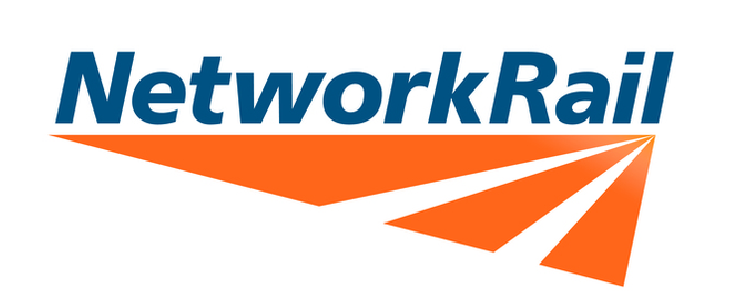Welcome to the Network Rail CARE AVC investment microsite

We want to make sure you can access all the information you need to ensure you create the future you want as a member of the Network Rail CARE Pension Scheme.
Alongside your regular CARE pension contributions, you may choose to pay Additional Voluntary Contributions (AVCs) with the aim of increasing your overall benefits from the CARE Scheme.
- AVCs are used to provide additional benefits on a defined contribution basis (sometimes called ‘money purchase’) and invested in the AVC funds available through the Network Rail CARE Pension Scheme.
- You can choose one or more funds to invest your CARE AVCs in.
- CARE AVC contributions are payable by the member only and have the same tax advantages as your normal CARE contributions, provided they are made within the Annual Allowance.
- You can decide what to do with your money, and how you take it from age 55, whether or not you’ve stopped working with Network Rail.
- When you take your CARE pension, AVC benefits are paid in addition to your benefits from the Scheme.
To help you understand how your Network Rail CARE Pension Scheme works, take a look at the CARE Member's Guide.
Tax limits
- When you’re thinking of how much to contribute in CARE AVCs, you should bear in mind that there is a limited amount you can pay without incurring a tax charge.
- Generally, you can pay in the equivalent of your entire annual salary each year (or up to £3,600 if this is more) and get tax relief. However, the government has put in place an annual allowance which includes any money that you pay in and any money that an employer pays in on your behalf, to this plan or any other pension plans you may have. If you exceed the annual allowance you will pay tax on any amount paid above it.
- These allowances can change with each new tax year, depending on what the government sets out. Our Tax Year Rates and Allowances booklet (like to this booklet) will keep you up to date on what these allowances are, and how they could affect you.
For useful guides, forms and investment performance factsheets, please visit the Document Library.
